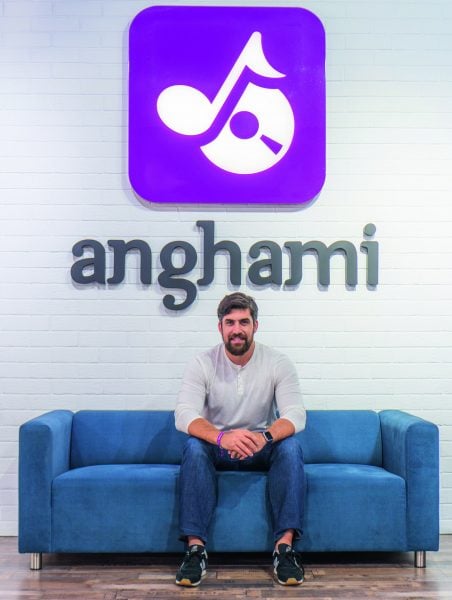
During the Dubai Lynx in 2018, we shared the story of audio, and the power it has as a new form of content that is scaling globally and regionally. In 2016, audio ads attracted $1bn from the US ad market alone. With the rise of music streaming services and an estimated active user base of more than 250 million users worldwide, reaching users through audio is surely a must-think-about.
What is special about audio? For starters it is memorable. One can recognise the WhatsApp tone, the Netflix sonic, the McDonald’s jingle, or listen to a song for the first time and identify the origin of it so easily. One’s favourite music can be recognised from the first second. Take Despacito as an example, or Saad Lamjarred’s Lmaallem, or even Queen’s We Will Rock You; such classics are so memorable. When was the last time you heard a song you have not listened to in a long time and just automatically started singing along? Audio is memorable, and hard to forget.
Audio is emotional. Without any stimulus or visual aid, audio can change one’s mood, elevate happiness, embrace sadness, bring in fear, change moods from sadness to happiness, or trigger a memory that gets you teary. Furthermore,
consider the power of audio in movies or film. Imagine your favourite movies without their soundtracks. Think of classics such as The Godfather, Rocky, or even Grease or Star Wars.
Audio is everywhere. It is in the car, at home, in the gym, in the plane, in the park and when you are running. In the music world, music has shifted from shelf to pocket as music lovers started shifting from owning the music – on vinyl, CD or tape – to listening on demand through streaming services. The new generation knows little about owning a physical object or even going through the hassle of organising music in files and folders and syncing devices.
Thanks to mobile technology and internet connectivity, it is all now available on demand, requires less memory and has higher sound quality. Perhaps most importantly, music is now personalised through algorithms that can select the songs you love from a pool of 30,000,00.
Hooray AI! Anghami, founded in 2012, is an on-demand streaming service with a library of more than 30 million songs, covering Arabic, English, and international music from all over the world. This is curated into thousands of playlists by genre, moods and activities, allowing Anghami to create data based on time of day when a user is playing music, what genre are they playing, what mood they are in and what they are doing at the time.
They say audio is the new screen. Global research done by Neuroscience and Pandora found that 47 per cent of the new generation consumes content with their earbuds on for more than four hours a day. Doing homework, texting, eating, emailing, playing video games and swiping up and down their social feeds. So how can brands benefit from this opportunity to connect with their audience in a highly passionate environment, and communicate with that audience at the right time of day, in the right tone, to coincide with the appropriate moment or activity?
Various brands have done this since 2017. Various studies have been done to measure memorability, captivity, effectiveness on brand KPIs and acceptance from the marketing community.
Audio ads are 49 per cent more memorable than broadcast radio ads, 36 per cent more memorable than TV ads and 29 per cent more memorable than mobile video. 59 per cent of correspondents in the survey were more likely to remember the slogan of a campaign, with 10 per cent higher recall of advertising and brand awareness.
In a controlled group, audio’s ads on average double purchase intent, brand favourability and brand awareness, and this goes up to a multiplier of 6.1 for brands planning audio ad creatives for digital audio.
Digital audio today is an opportunity; it is memorable, emotional, captive, connecting, highly targeted and native by nature, not by placement.









